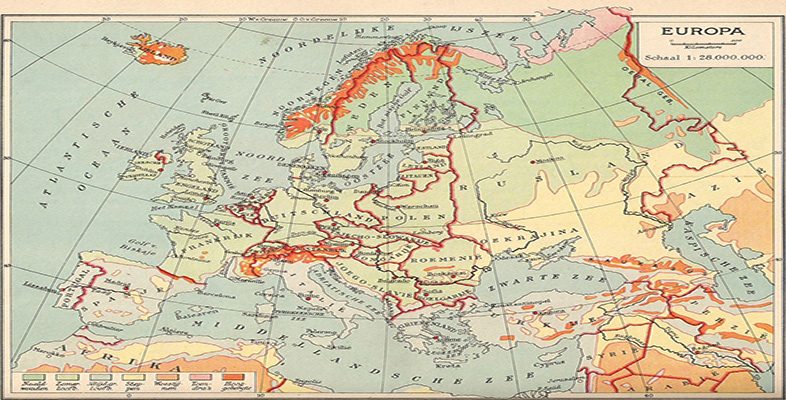5 Themes in European development
5.1 Unity and diversity
The development of a new Europe in the early twenty-first century relates to four main themes that were introduced at the beginning of this course: unity and diversity, conflict and consensus, tradition and transformation, and inclusion and exclusion.
The striking differences that emerged within Europe (cultural, linguistic, political) have long been associated with the existence of a common framework within which the different parts of Europe were able to develop productively and sustain a broad European civilization that, in the nineteenth century, took on global proportions. One summary thus refers to ‘political diversity within a common cultural inheritance, with the diversity outranking the commonality’ (Calvocoressi, 1991, p.1). It was a diversity that was increasingly associated with currents of nationalism and expressed in the development of a system of nation states. From the seventeenth century this was regulated by principles first articulated in the Peace of Westphalia which contributed to the maintenance of a rough balance of power that held in Europe until the cataclysm of the Second World War. The Westphalian state tradition was, of course, not unbroken, nor were its principles unchallenged, but its essentials persisted for much of the life of what we regard as modern Europe. It provided a unified framework capable for most of the time of holding the divisive tendencies of a rapidly modernising and increasingly dynamic Europe in check.
The spread of a more intense nationalism that gained the capacity to mobilise whole societies – or, more accurately, the emerging industrial states and their rapidly growing citizenry – produced conflicts that this order could no longer contain, although it took the two world wars to destroy it completely. Within the framework of Cold War Europe a new form of European unity began to develop in the form of the successive communities and markets, although it remained partial and restricted to the developed capitalist west. European diversity has also increased, both with the emergence of an independent eastern Europe and the expansion of the EU, which has been accompanied by growing disagreement within the latter over its principles of operation and the form its future development should take. The new Europe that has emerged has, therefore, considerably greater possibilities for unity than for most of the period since 1945, but also increasingly powerful pressures for diversity that raise serious questions about how such ideas of unity might be realised.
